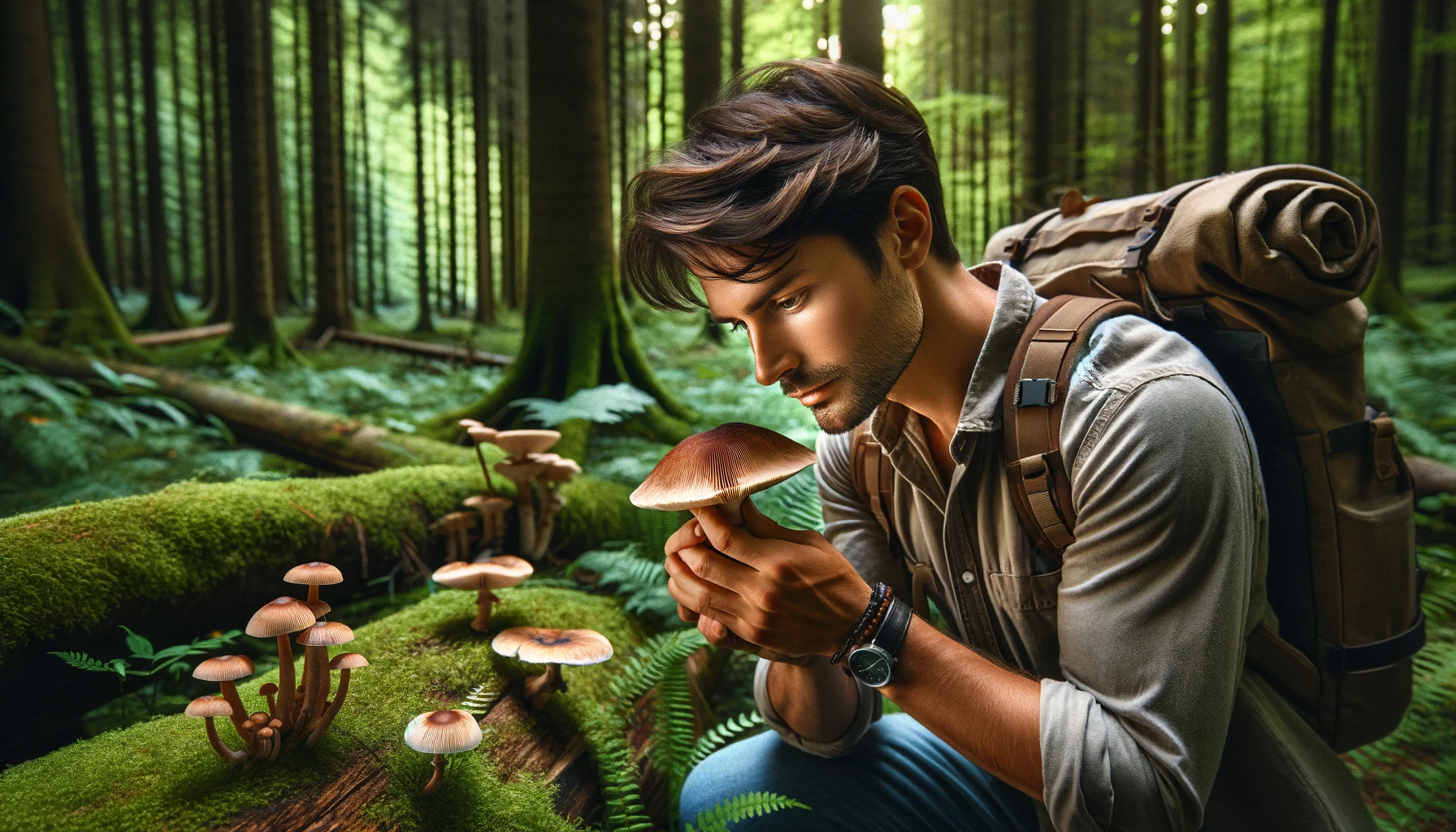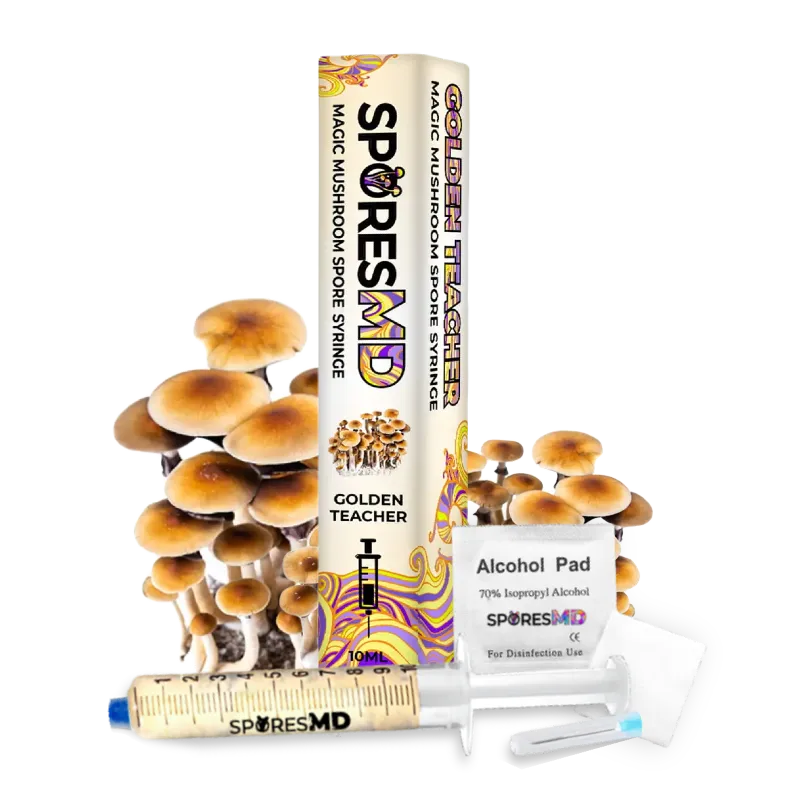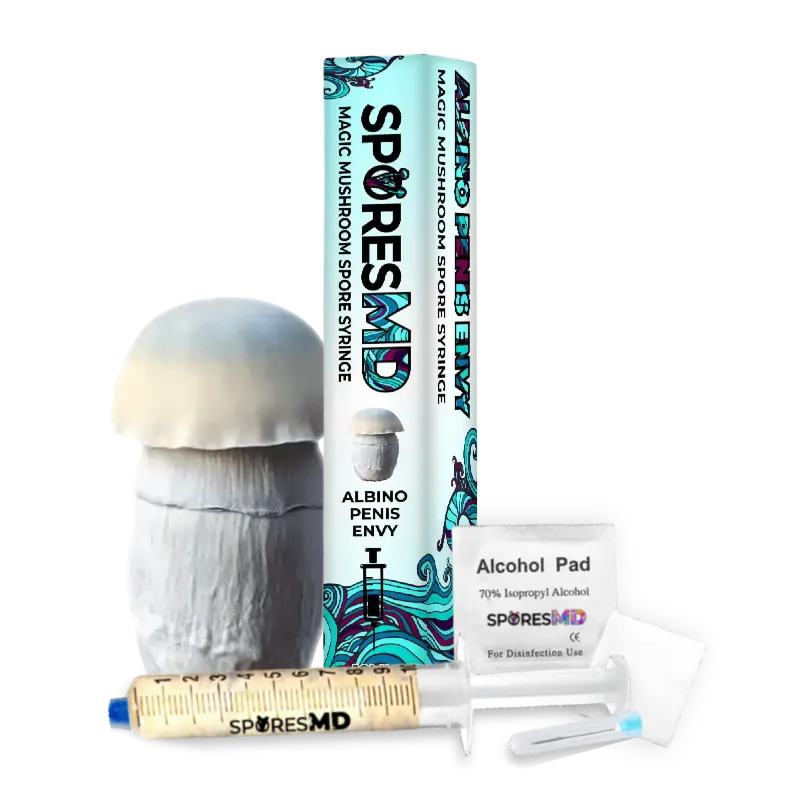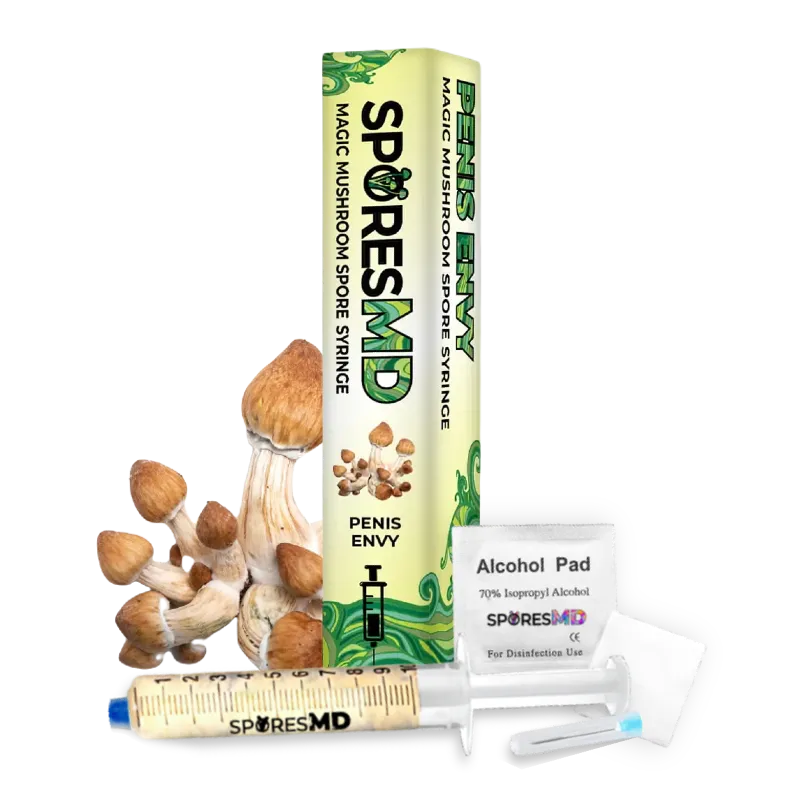Gathering spores from mushrooms is a fascinating process for both amateur and professional mycologists alike. By following a few simple steps, anyone can collect mushroom spores to study, for cultivation, or other educational purposes. This process, primarily known as making a “spore print,” is essential for identifying mushrooms as well as for mushroom cultivation. Here’s how you can get mushroom spores from a mushroom effectively.
Preparing the Mushroom
Remove the Stem
To commence the spore collection process, it’s imperative to start with removing the stem of the mushroom. This action exposes the gills, which are the part of the mushroom where spores are produced. The spores are tiny, reproductive cells that allow mushrooms to reproduce. Here’s a simple step-by-step guide:
- Cut the stem at its base, as close to the gills as possible, using a sharp knife. This ensures that the gills are entirely exposed for spore collection.
- If necessary, trim around the border of the mushroom cap to further expose the gills.
Important Note: Ensure that you’re using a fresh mushroom for this process as older specimens may not release spores efficiently.
Creating a Spore Print
Make a Spore Print
The next step involves creating a spore print, which not only helps in spore collection but also serves as a beautiful natural art piece. Here’s how to create a spore print:
- Place a piece of white and dark paper side by side on a flat surface to capture spores of any color.
- Set the mushroom, gill-side down, onto the paper.
- Add a drop of water to the top of the mushroom cap to stimulate spore release.
- Cover the mushroom with a bowl or glass to preserve moisture and prevent airflow from disturbing the spores.
Leave undisturbed for 2-24 hours
| Timeframe | Expected Outcome |
|---|---|
| 2-6 hours | Minimal spore deposit, suitable for immediate observation |
| 6-24 hours | Optimal spore collection, denser spore print |
Pro Tip: The duration can vary based on the mushroom species and environmental conditions.
The Science Behind Spore Release
Mushrooms produce spores as a means of reproduction. These spores are carried by the wind, water, or animals to new locations where they can germinate under optimal conditions. The process of spore release is a crucial aspect of mushroom biology and is fascinating from both a scientific and cultivation perspective. Here are some key points:
- Spore Color Variety: Mushroom spores come in various colors, which can assist in species identification.
- Environmental Conditions: Moisture, temperature, and light can all influence spore production and release.
Understanding these elements is essential for mycology enthusiasts and those interested in mushroom cultivation.
Practical Applications and Next Steps
Collecting mushroom spores isn’t just a hobbyist activity; it has practical applications in mushroom cultivation, research, and education. Here’s how to proceed after collecting spores:
- For Cultivation: Transfer the spores to a suitable medium, such as a magic mushroom syringe, for cultivation. Ensure you’re following legal guidelines and safety protocols.
- For Research: Spore prints can be used for microscopic examination, contributing to mycological studies and species identification efforts.
By following these steps, enthusiasts can engage in mushroom cultivation, contribute to scientific research, or simply enjoy the beauty and diversity of mushroom spores. For more detailed guides and supplies, consider to visit and buy spores from Spores MD.
References:
- https://www.wikihow.com/Extract-Mushroom-Spores
- https://www.physicsforums.com/threads/collect-spores-how-to-gather-grow-mushrooms.186214/
- https://www.seattlemet.com/discover/magic-mushrooms/how-collect-mushroom-spores/
- https://www.lovethegarden.com/uk-en/article/how-grow-mushrooms
- https://www.youtube.com/watch?v=URHWiiZDwmU
By employing the methods described, enthusiasts can embark on journey of discovery, appreciation, and possibly even cultivation of mushrooms through the collection and use of spores.





